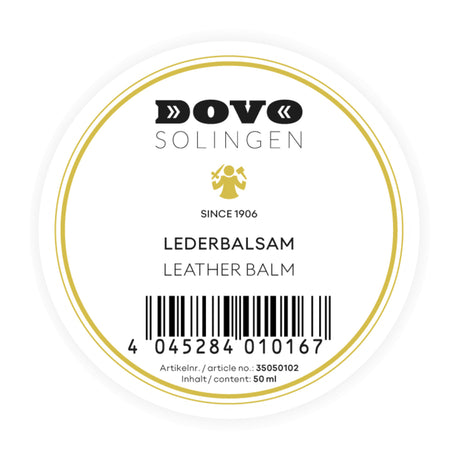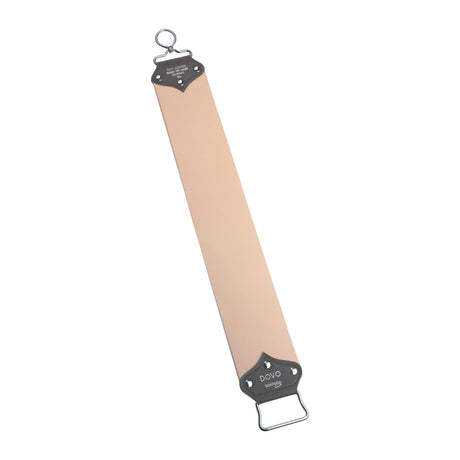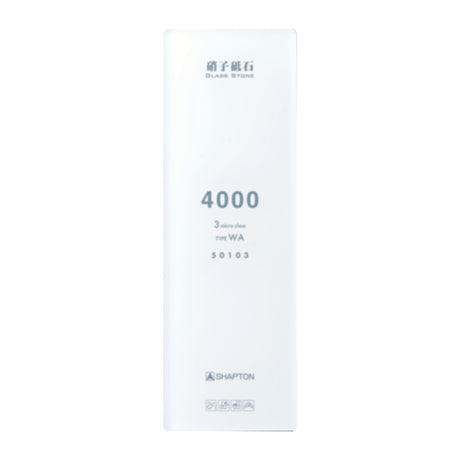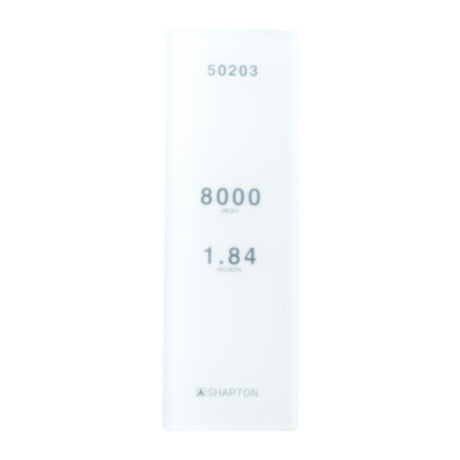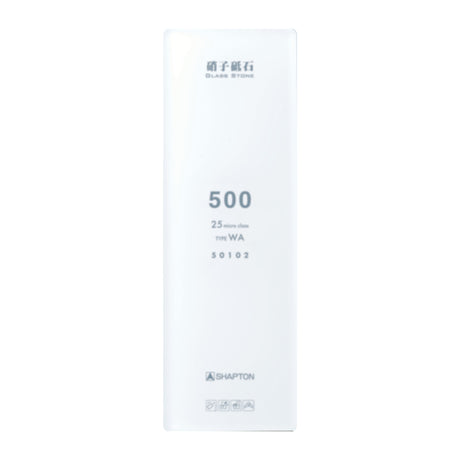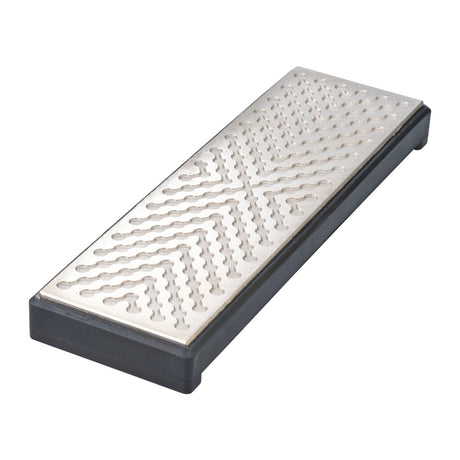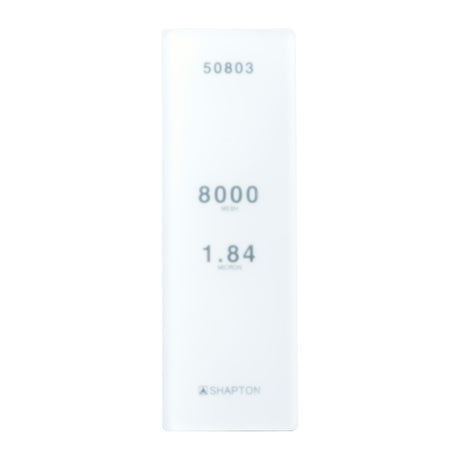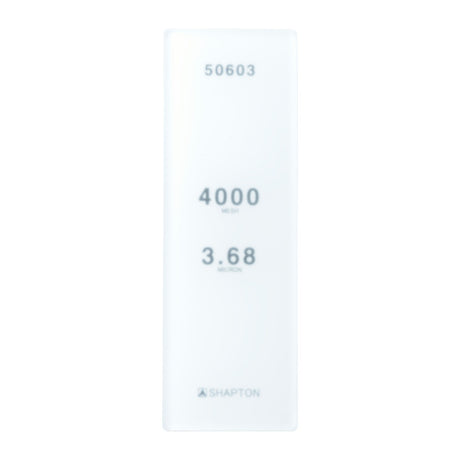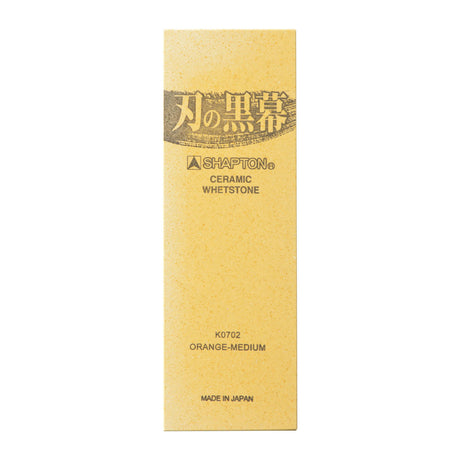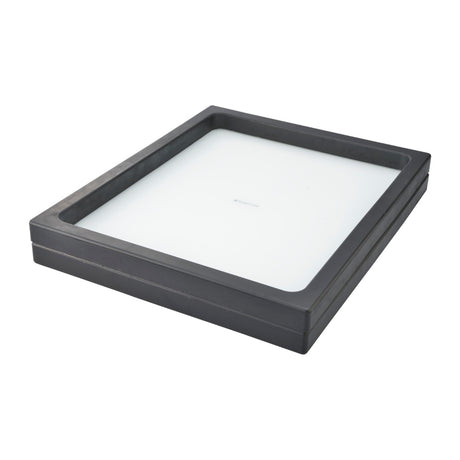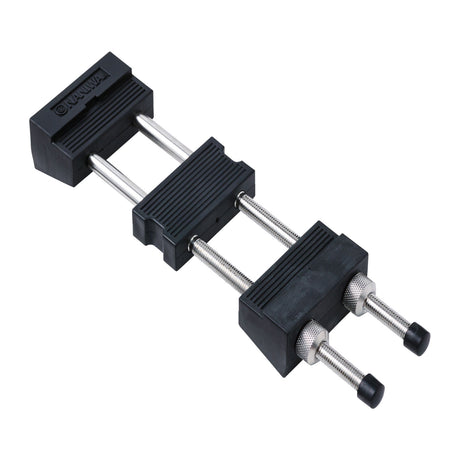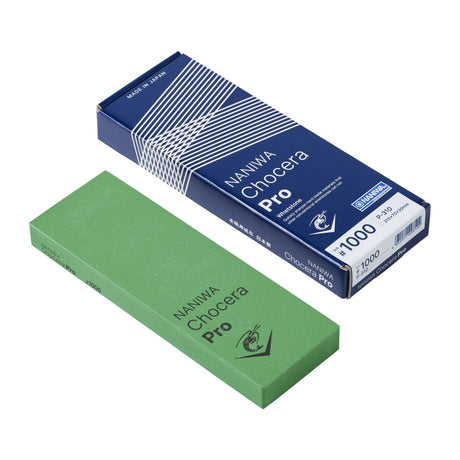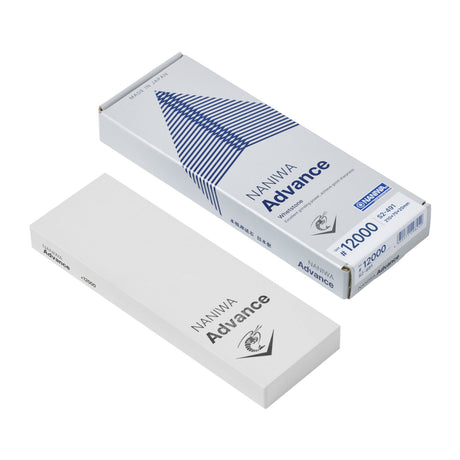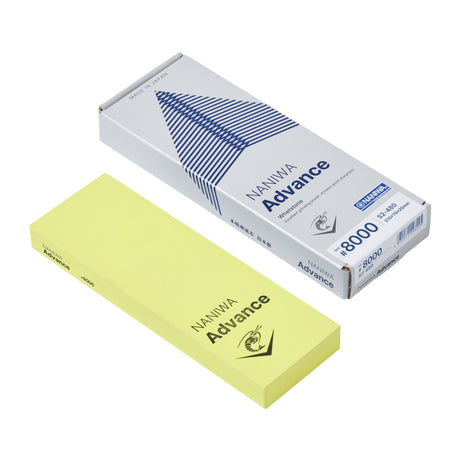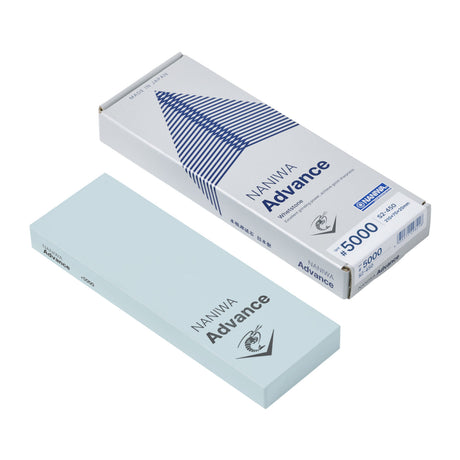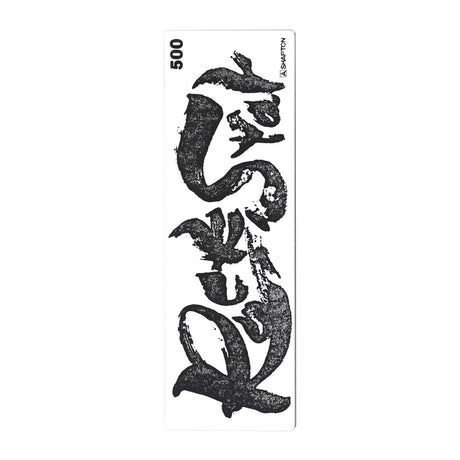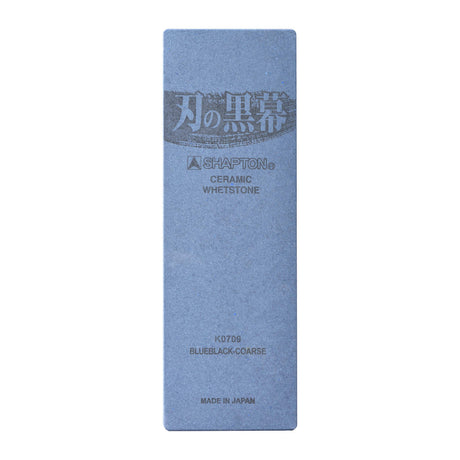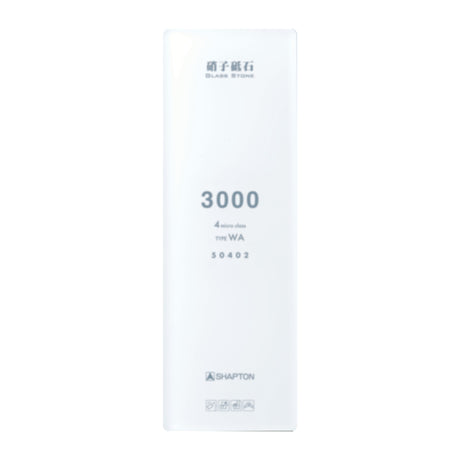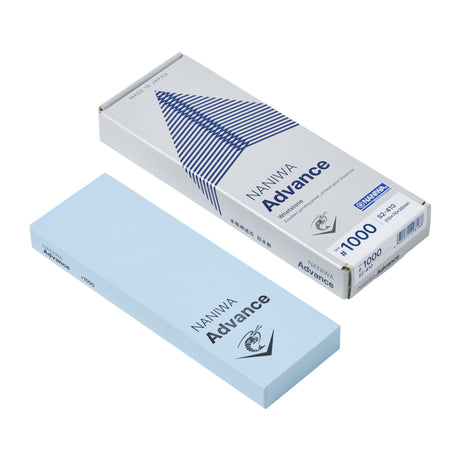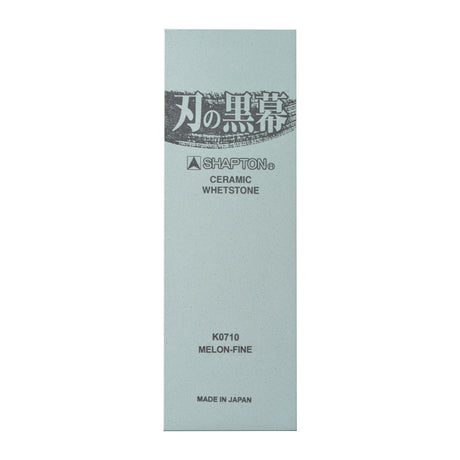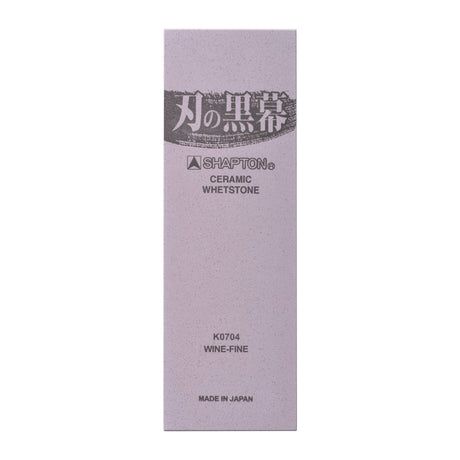DOVO Solingen Leather Balm for Razor Strop, 50ml
$1700 NZDUnit price /UnavailableDOVO Solingen Extra Wide Russian Leather Strop
$14200 NZDUnit price /Unavailable- $9700 NZD
$12500Unit price /Unavailable - $16500 NZD
$22700Unit price /Unavailable - $12400 NZD
$17600Unit price /Unavailable - $7900 NZD
$9700Unit price /Unavailable - $10300 NZDUnit price /Unavailable
- $10300 NZD
$11400Unit price /Unavailable - $17100 NZD
$19300Unit price /Unavailable Shapton Diamond on Glass Lapping Plate
$47600 NZD$69800Unit price /Unavailable- $14200 NZD
$17600Unit price /Unavailable - $9800 NZD
$12500Unit price /Unavailable - $47100 NZD
$62400Unit price /Unavailable - $9600 NZD
$14200Unit price /Unavailable Shapton Kuromaku 1000 Pro Sharpening Stone
$8000 NZD$11400Unit price /Unavailable- $34000 NZD
$42000Unit price /Unavailable Naniwa Stainless Steel Stone Holder
$5600 NZDUnit price /UnavailableNaniwa Chocera Pro Stone: 1000 Grit
$15800 NZDUnit price /UnavailableNaniwa S2 Advance Super Stone: 12000 Grit
$20400 NZDUnit price /UnavailableNaniwa S2 Advance Super Stone: 8000 Grit
$15400 NZDUnit price /UnavailableNaniwa S2 Advance Super Stone: 5000 Grit
$13100 NZDUnit price /UnavailableShapton RockStar 500 Sharpening Stone
$9100 NZDUnit price /UnavailableNaniwa S2 Advance Super Stone: 3000 Grit
$12400 NZDUnit price /UnavailableShapton Kuromaku 320 Pro Sharpening Stone
$10300 NZDUnit price /Unavailable- $10300 NZD
$12500Unit price /Unavailable Naniwa S2 Advance Super Stone: 1000 Grit
$10100 NZDUnit price /UnavailableShapton Kuromaku 8000 Pro Sharpening Stone
$13700 NZD$17100Unit price /UnavailableShapton Kuromaku 5000 Pro Sharpening Stone
$12500 NZD$13700Unit price /Unavailable

